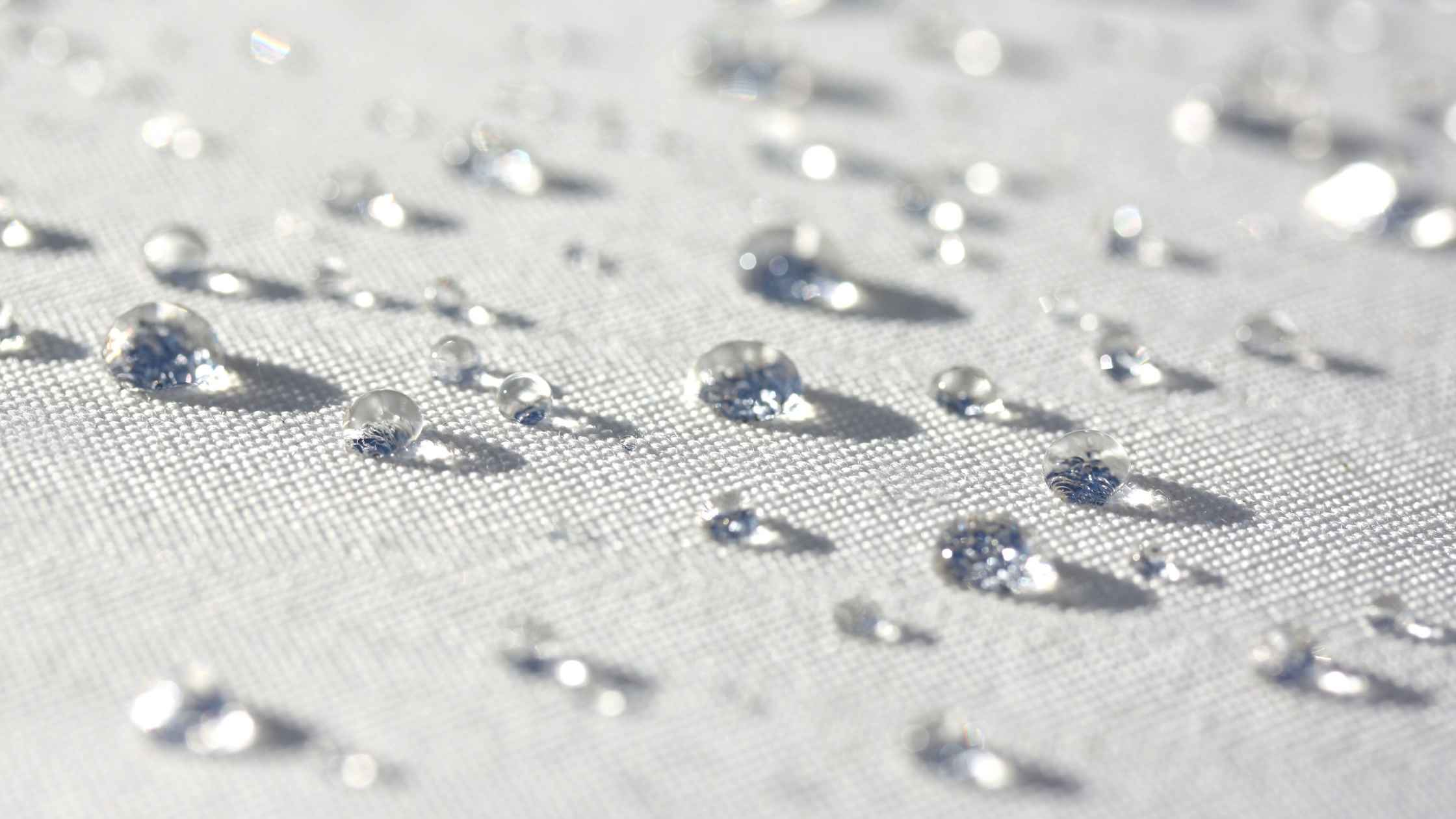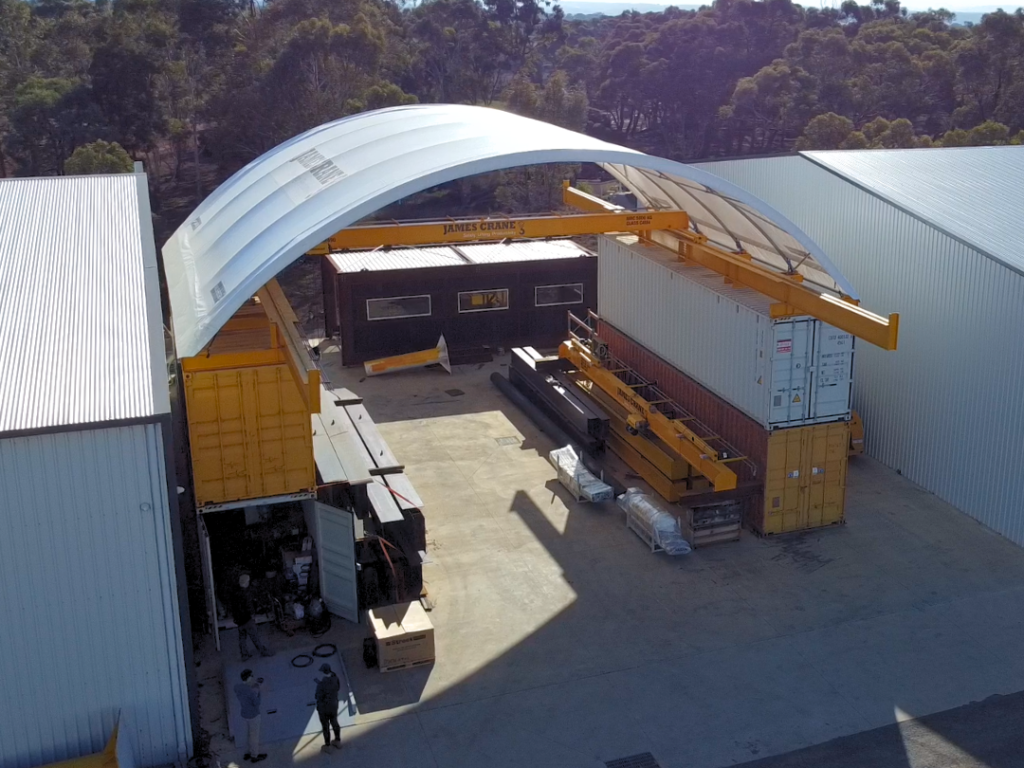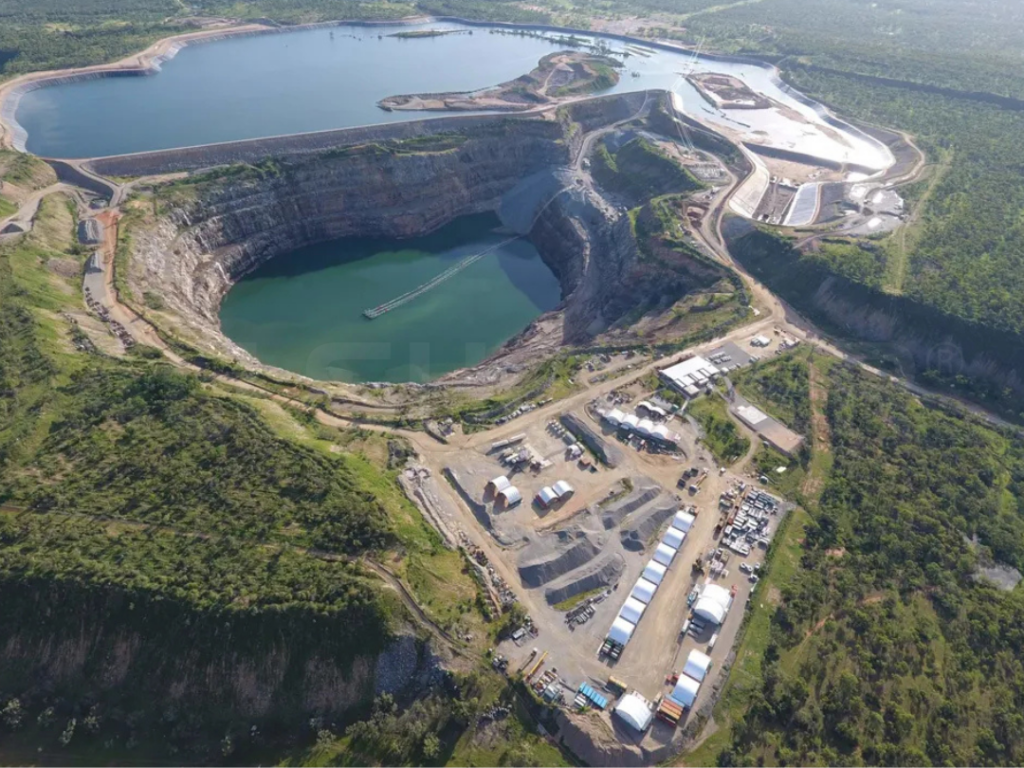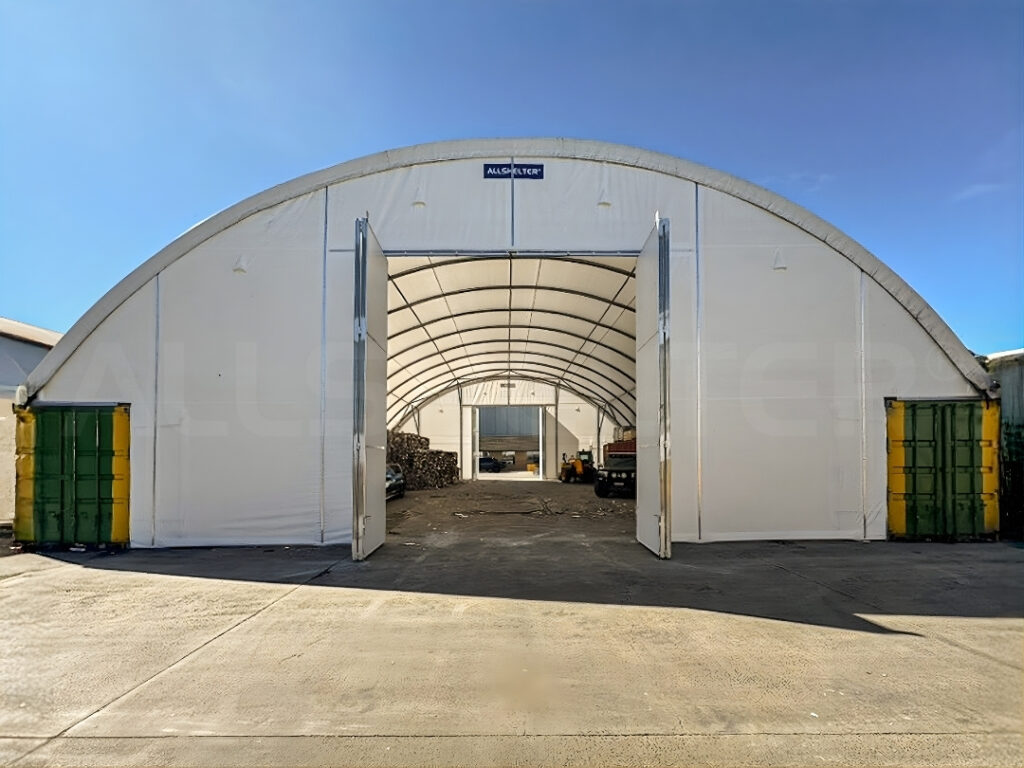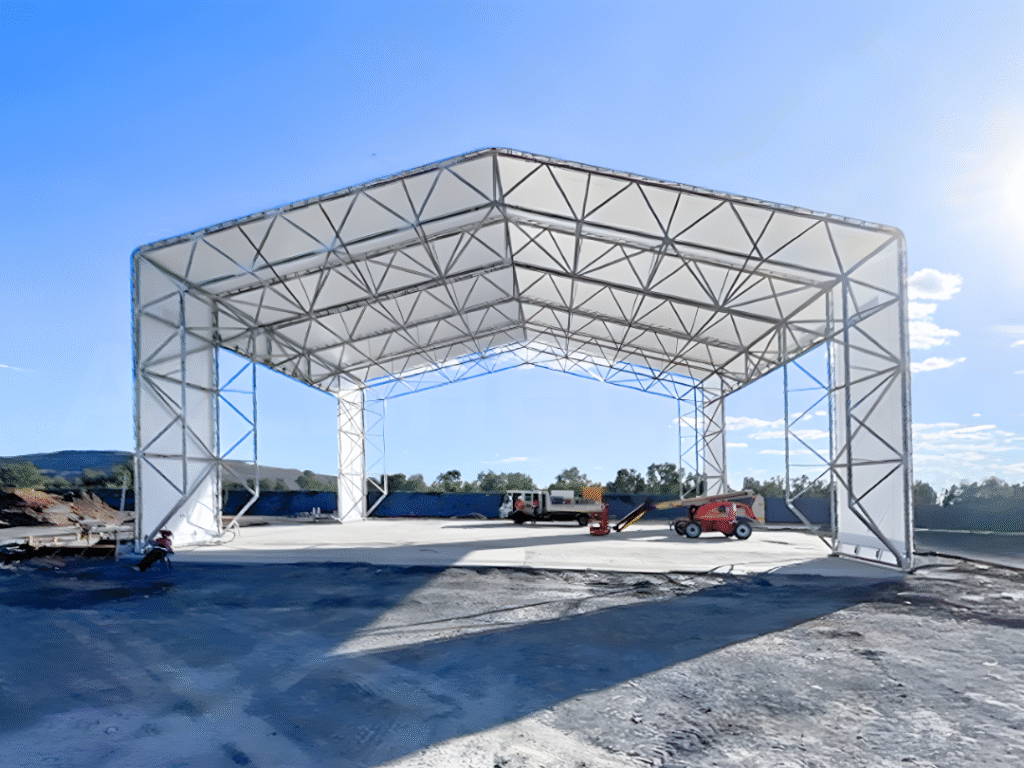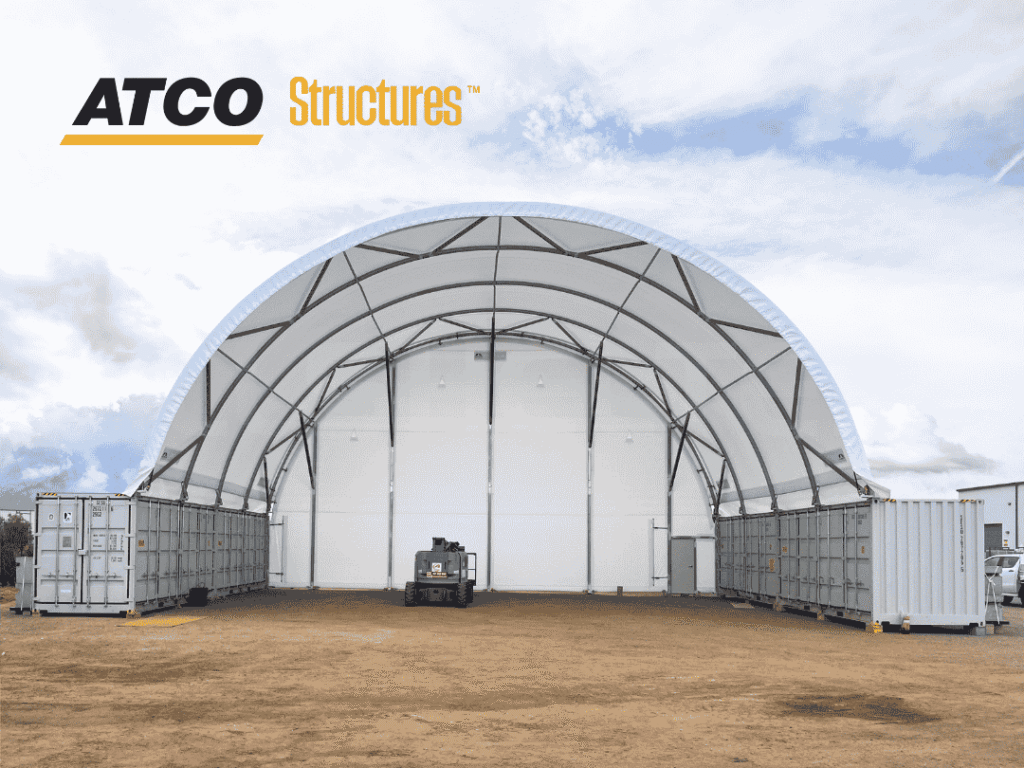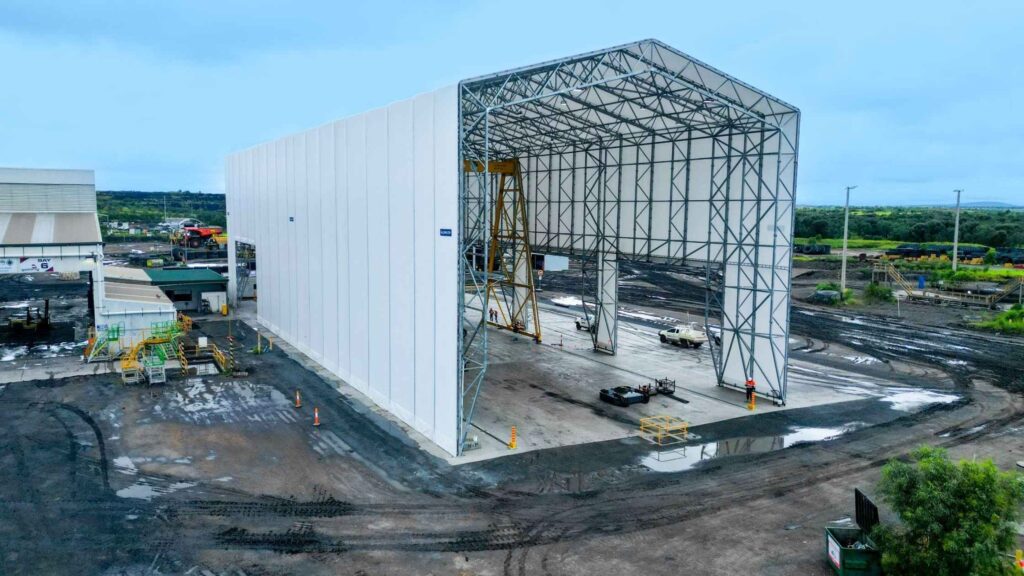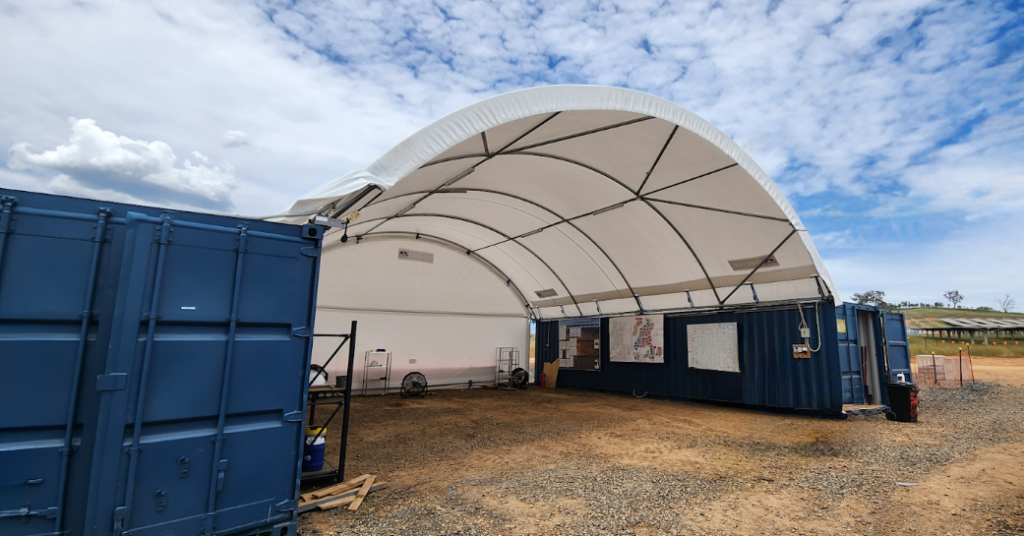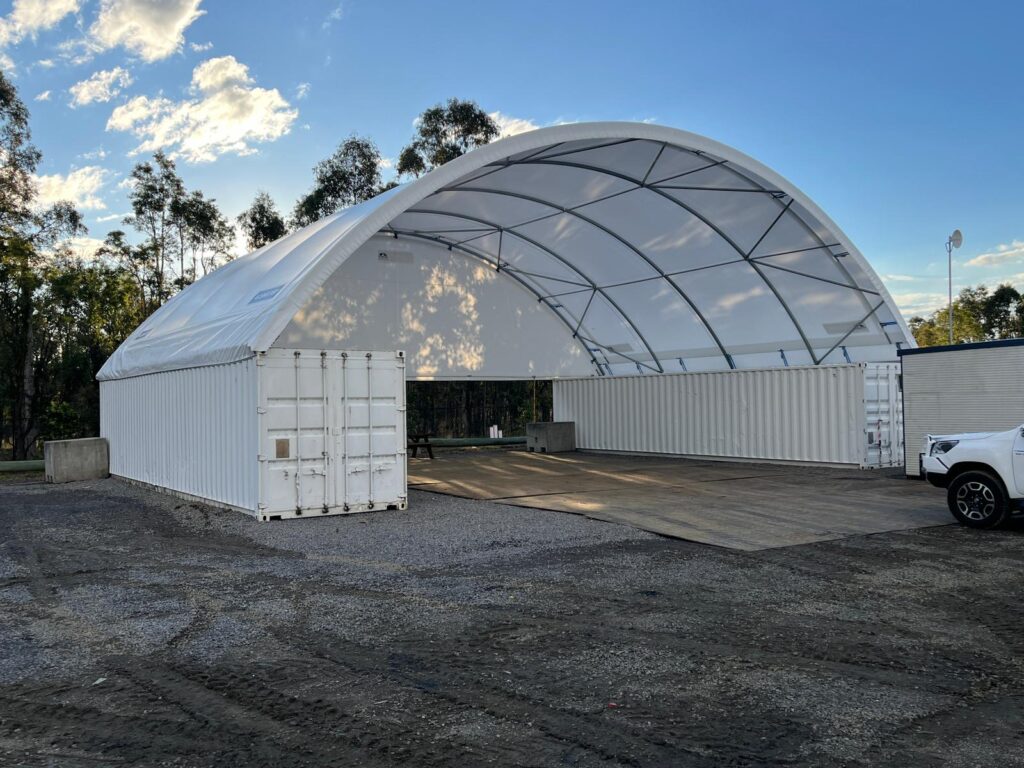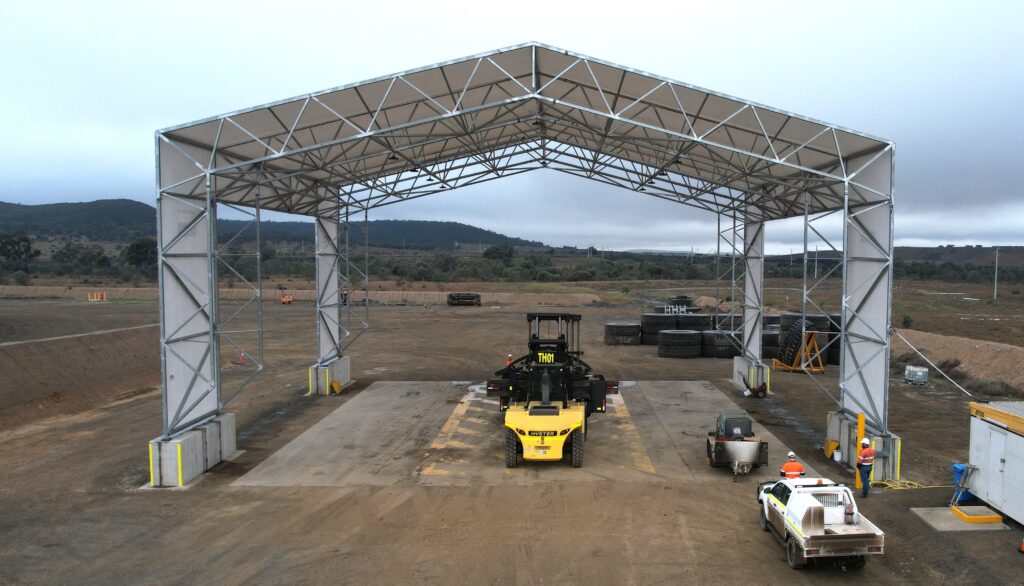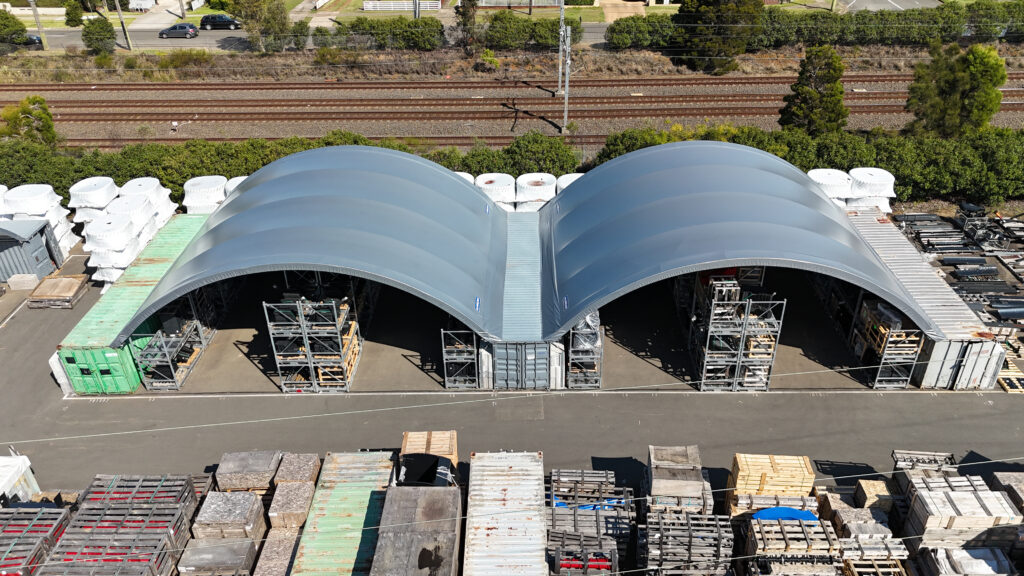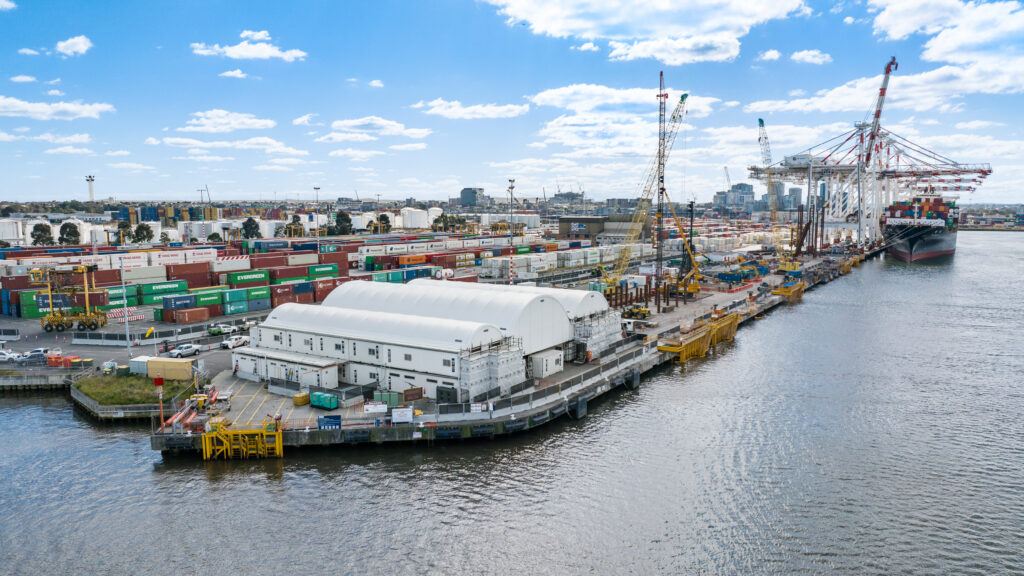When looking for shelter for industrial, construction, defence, or mining sites, one concern that often comes up is whether or not fabric shelters are fully waterproof. Yes, the answer is a big yes, but there are some important things to remember. This blog will talk about the technical components, how well they work in the real world, and how to keep a fabric shelter dry, robust, and trustworthy.
What are fabric shelters made of?
A robust steel frame and a heavy-duty tensioned fabric membrane are used to make fabric shelters. The fabric part, which is commonly made of HDPE, is highly significant for figuring out how well the shelter can handle water, UV rays, and wear and tear from the weather.
Why Fabric Instead of Traditional Roofing?
- t’s light but strong, so it’s great for mobility and short-term use.
- Quick to set up and faster than normal buildings.
- The costs are lower than with bricks and mortar.
- It is flexible. You can add to it, tweak it, or match it to your site’s demands.
Are fabric shelters made to keep water out?
Yes, fabric shelters are designed to protect your people and assets from weather conditions such as rain. Depending on your site requirements and weather protection needs, fabric shelters have add-on options to keep rain out. Fully enclosed shelters with guttering and downpipes will ensure the water flow is managed, keeping the area inside dry
Features that make it waterproof:
- Fabric panels with seams that have been welded and heat-welded seams eliminate leakage from stitching holes.
- Design with an arched roof that keeps rain from accumulating and helps it drain off.
- Coating that resists UV rays and mildew, which stops the material from breaking down over time.
- Integrated flashing and edge sealing make sure that apertures are sealed against the weather.
The Difference Between Water-Resistant and Waterproof
It’s important to distinguish between water-resistant and waterproof:
- Water-resistant shelters can handle light moisture or mist but may leak during storms.
- Waterproof shelters, like those offered by Allshelter, are sealed against rain, storms, and even snow.
When assessing the question, “Are fabric shelters waterproof?”, always check the specifications: thickness (gsm), coating, and whether the seams are stitched or heat-welded.
Testing and Certification of Waterproof Fabric Shelters
Allshelter tests all of its fabric shelters very carefully to make sure they meet international standards:
- ISO 9001: Quality management
- AS/NZS 1170.2: Wind loading compliance
- Water column tests: Checks how well something keeps water from getting in
- UV stability tests: Makes sure that the product will last a long time outside
These certifications make sure that shelters don’t just keep the rain out for a short time; they also defend against the harsh weather in Australia for a long time.
Advantages of a Shelter Made of Waterproof Fabric
- Asset Protection
Keeps valuable equipment, vehicles, and raw materials safe from corrosion, rust, and moisture-related damage.
- Worker Safety and Comfort
Dry, shaded environments reduce slip hazards and provide a safer, more productive workspace.
- Lower costs for maintenance
Water getting in can ruin equipment and make upkeep more expensive. With waterproof fabric, you protect your equipment from the rain, storms, or snow.
- Flexibility
You can use waterproof shelters as workshops, storage spaces, or places to load things.
How It Works in the Real World
Allshelter’s fabric shelters have been put to the test in some of Australia’s most difficult places, such as the humid tropics of Queensland and the dry, dusty outback of Western Australia.
Case Example: Mining Site in the Pilbara
In a place where it rains and storms suddenly, a mining client deployed Allshelter’s waterproof fabric domes to protect drilling rigs worth millions of dollars.
- Protect multi-million-dollar drilling rigs
- Keep your work area clean and dry.
- Cut down on downtime caused by rust
The shelter’s arched ceiling, sealed seams, and strong, tensioned fabric held up to months of bad weather without leaking.
Factors That Affect Waterproof Performance
When looking for shelter for industrial, construction, defence, or mining sites, one concern that often comes up is whether or not fabric shelters are fully waterproof. Yes, the answer is a big yes, but there are some important things to remember. This blog will talk about the technical components, how well they work in the real world, and how to keep a fabric shelter dry, robust, and trustworthy.
Even if the product is of the highest quality, how well it works in the actual world depends on:
1. Quality of the Installation
Shelters that aren’t put together well could have gaps that let water in. Allshelter offers certified installation to make sure everything fits well.
2. Conditions on the site
Proper drainage and anchoring are important when building shelters.
3. Shelter Maintenance
Like any other asset, fabric shelters need to be cleaned and checked regularly to keep them waterproof.
How to Care for Waterproof Fabric Shelters
To ensure long-term water resistance:
- Inspect seams and joins regularly for signs of wear or loosening.
- Clean the fabric with mild soap and water every few months.
- Look over the cables and anchoring systems.
Make sure the roof is sloped correctly so that water doesn’t pool.
Are Fabric Shelters Waterproof in Extreme Weather?
Yes, when engineered properly, fabric shelters can withstand:
- Heavy rain and tropical storms
- Snow loading (with reinforced structural options)
- High winds (tested for cyclone regions)
- Coastal moisture and salt spray
However, site-specific engineering may be required. Allshelter offers tailored designs that comply with local weather and council codes.
Customisation Options for Extra Waterproofing
Allshelter offers a range of options to enhance waterproofing and functionality:
- Gutter and drainage systems to manage water runoff
- Roller or bard/bi-fold doors that are designed to seal tightly, though performance may vary depending on the door type and ground surface conditions.
- Side skirts and flaps to prevent wind-driven rain
If your operations require minimal water ingress, you can know that you’re always covered with our fully enclosed structures.
Why Choose Allshelter for Waterproof Fabric Shelters?
- Allshelter shelters are manufactured locally to meet strict Australian standards.
- Not only are our shelters water-resistant, they are engineered for high water resistance and can offer waterproof performance when properly sealed and installed.
- We have protected thousands of sites in mining, construction, waste management, and logistics over the past 20+ years.
- Allshelter makes sure that every project is watertight, long-lasting, and fits your site requirements perfectly, from design to installation.
So, Are Fabric Shelters Waterproof?
Fabric shelters are designed to provide a high level of water resistance and, when properly built and installed, can effectively minimise water ingress. Allshelter’s products are engineered to endure Australia’s harsh weather conditions and help keep people, property, and operations as dry and protected as possible. However, some water entry may still occur around edges or entry points depending on site setup and environmental exposure.
Need a Waterproof Shelter? Let’s Talk.
Get a personalised quote today and find out why Allshelter is the go-to company for long-lasting, waterproof shelter solutions.
